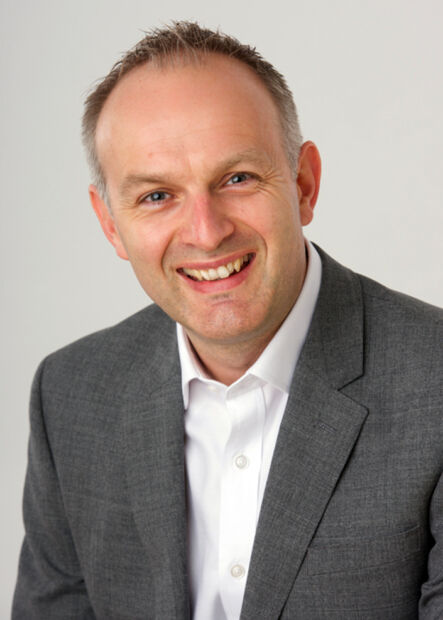Back to school with Eseye
- August 31, 2023
- Steve Rogerson
- Eseye

Eseye recently became an IMC sustaining member. Steve Rogerson asks the firm’s chief marketing officer David Langton why the company made the move.
David Langton is on a mission. The chief marketing officer of UK firm Eseye wants to educate the world so it can make the best of IoT technology, and he sees the IoT M2M Council (IMC) as a key element in that strategy.
But is it necessary? Surely, the IoT has been around a long time – back to when as David points out it was just known as M2M – and, for those making the leap to joined-up technology, information in abundance is available. But maybe not enough.
“An awful lot of information is needed in the market,” he told me when I caught up with him this week. “There are a lot of newcomers who need to find what they can do with the IoT, and how they can get their projects off the ground and, hopefully, succeed.”
Yet, he said, there are still companies that take the plunge not really knowing what they are doing or what technology difficulties they are likely to face. David wants to educate them and sees the IMC as a vehicle that can help.
“The IMC is a very well-respected organisation with members around the world,” he said. “I am glad we joined. We want to tell real-world stories of how companies have succeeded. Success can come in different ways. There are many stories and the IMC is getting the message out there.”
One of the problems he sees often is companies starting with the connectivity rather than the device. This, he believes, is the wrong way round.
“People who are new to the IoT may have a new IoT device or have a problem with a device,” he said. “We look at the device and make sure it is engineered in the right way. A lot of companies don’t have that expertise. We believe passionately that you have to get the device right first.”
He wants to use the IMC to help get the message across of why the device is important. If a company is building an IoT device from scratch, there are lots of components involved. These can be sensors, modules, batteries, SIMs and so on.
“It is very complex,” he said. “You need a detailed understanding of how they interact with each other. One modem will behave differently from another. All this has to be accounted for when designing a device. We go through a process with the customer to make sure the device works, is tested and, if necessary, certified. We try to make sure the device will work in the field first time.”
It also has to work with other components and that is something David believes many do not think about when they are new to the IoT.
“There are things that need to be considered at different stages,” he said. “That is where we spend a lot of time with the customer. It can take twelve months to build a device. Connectivity is down the road. It happens later.”
Companies, he said, are often in a different place to where they think they are when it comes to the technology, and that is another part of the education.
“That can be a difficult conversation,” he said, “but it is an important conversation.”
And it is a conversation that is becoming more crucial as David has seen an acceleration in the IoT market in the past 12 to 18 months as the world came out of its Covid slowdown. A big factor in that has been the emergence of eSIM technology, which has created a power shift within the industry.
“This gives customers and enterprises the power to decide which networks to work with,” he said. “The enterprise has that control. This is the next evolution and has definitely started. The lock that operators have had for many years is breaking because they no longer have complete control. That control is now with the MVNOs and ultimately the enterprises. They are a lot more educated about eSIM. Three years ago, we had to explain that to them. Now they know it and we can go into deeper technical discussions.”
Connectivity is moving more down into the device, and David believes that will continue. This is why Eseye has introduced its AnyNet SmartConnect (www.eseye.com/iot-solutions/smartconnect) software that sits in the device and looks for things that the SIM can’t such as changes in the network, reliability and performance. It can initiate a network switch.
“It is intelligence that the SIM does not have,” he said. “We have seen fantastic results from this software. We are seeing connectivity and intelligence right down at the device level.”
So, welcome Eseye as the IMC’s latest sustaining member at an exciting time in the IoT’s development. As David said: “There is great potential in the market as we see the larger enterprises moving into IoT.”
David’s mission is to educate. We look forward to learning.




